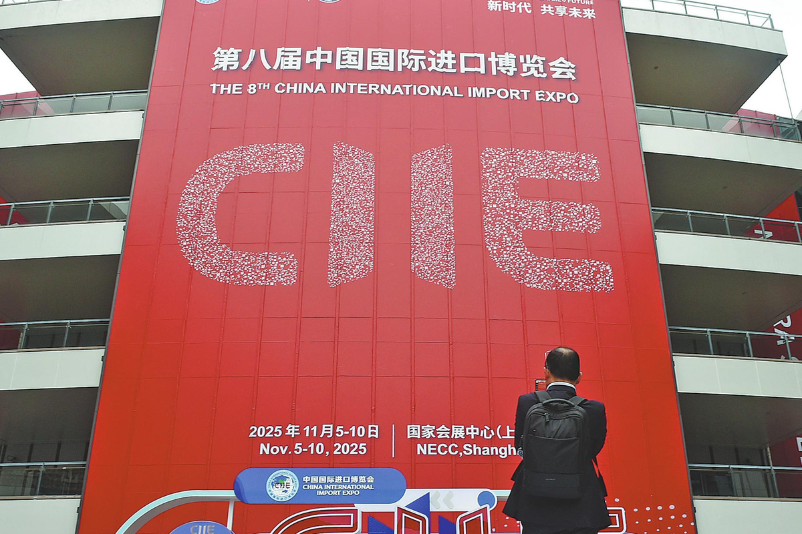Anti-poverty target to be met on time

China has always given top priority to people's health and security, and after the coronavirus epidemic broke out, it has taken scientific, effective and timely measures to contain the spread of the virus to safeguard public health.
In fact, China managed to largely contain the epidemic at home by May. But as the coronavirus pandemic has not been curbed in most parts of the world, China is adjusting its epidemic prevention and control policy according to the changing global epidemic situation.
Despite facing severe challenges, however, China has made unrelenting efforts to eradicate abject poverty by the end of this year. From the Central Poverty Alleviation Work Meeting in March to the just concluded "two sessions", the central government has made it clear that the poverty-alleviation target will not change, and the remaining 5.51 million people, 52 counties and 1,113 villages will be lifted out of poverty by the end of 2020.
The central authorities have repeatedly emphasized the importance of consolidating the achievements of the poverty-alleviation work, and taken measures to reduce the chances of people lifted out of poverty slipping back into destitution. It is therefore necessary to include people newly lifted out of poverty, particularly those living in impoverished areas, in the poverty-alleviation plan so they can be provided with necessary help, and thus be prevented from sliding back into poverty because of the impact of the epidemic.
In spite of facing the dual pressure of meeting a tight deadline for poverty alleviation and overcoming the impact of the outbreak, the central authorities have to improve the basic living conditions of the poverty-stricken people and ensure their sustainable development.
In the next stage, the authorities will need to take comprehensive measures to keep those counties and villages that emerge out of poverty from falling back into poverty. As such, the higher authorities should strictly supervise the poverty-alleviation work in these counties and villages, and urge local officials to shoulder more responsibilities and help the impoverished residents overcome their difficulties. Also, more funds should be allocated for poverty-alleviation work, and key issues such as providing quality medical care and educational resources for poor residents should be resolved first.
In addition, construction of housing to relocate poverty-stricken people should be basically completed by the end of June, and in the next stage the authorities should mainly focus on providing employment for the impoverished residents and helping solve their development problems.
The authorities should also help increase the income of farmers in impoverished areas. For many farmers, finding employment in urban areas as migrant workers is the best way of increasing their incomes and throwing away the shroud of poverty. Actually, the wages earned by migrant workers add up to more than one-third of the total income of farmers in impoverished areas.
But due to the coronavirus outbreak and strict prevention and control measures, many rural residents are finding it difficult to return to work in urban areas. So the officials in the impoverished rural areas, which are home to large numbers of migrant workers, and those in the developed regions where such workers are employed should strengthen coordination to help these workers return to work through the use of mutually acceptable health code mechanisms, and help enterprises return to full production capacity by reducing the migrant workers' quarantine period if they have tested negative for the virus.
Besides, since epidemic prevention and control work is now considered a normal task in impoverished areas, the authorities should create more job vacancies as part of the poverty-alleviation work to help farmers to find employment near their hometown.
Thanks to the poverty-alleviation work, quite a few industries with local characteristics have developed in many impoverished areas, and the authorities are helping the local residents to increase their incomes by developing the tourism sector, rural e-commerce and accessing the market to sell their products.
The central government should also take more proactive fiscal measures to support the impoverished people, in particular the elderly and disabled, to win the battle against poverty on schedule.
The author is a researcher at the Rural Development Department of the Chinese Academy of Social Sciences. The views don't necessarily represent those of China Daily.
Today's Top News
- Root causes behind Takaichi's provocative and dangerous remarks alarming for all
- China to maintain pressure on Japan over PM's Taiwan comments
- Free trade zones incubators for nationwide policies
- US scholar: China's 15th Five-Year Plan charts path to future
- Coding the law for smart governance
- China ready to take tougher steps over Takaichi remarks






























